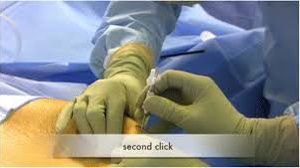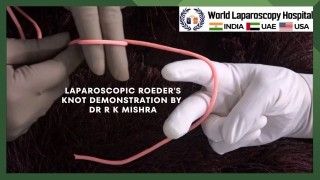Laparoscopic Cholecystectomy, Sterilization and Appendectomy in same Patient
Add to
Share
314 views
Report
2 months ago
Description
Performing multiple laparoscopic procedures in a single surgical session is a sophisticated and efficient approach, particularly beneficial for patients with coexisting conditions requiring surgical intervention. One such scenario involves a patient undergoing laparoscopic cholecystectomy, sterilization, and appendectomy simultaneously. This combined procedure can minimize hospital stay, reduce overall anesthesia exposure, and facilitate faster recovery. Indications for Combined Laparoscopic Surgery: Gallbladder Disease: Symptomatic gallstones, cholecystitis, or biliary dyskinesia warranting cholecystectomy. Gynecological Sterilization: Women seeking permanent contraception through tubal ligation. Appendiceal Pathology: Patients with a history of appendicitis or prophylactic appendectomy in select cases. Preoperative Evaluation: Comprehensive history and physical examination. Laboratory investigations including CBC, liver function tests, and coagulation profile. Imaging studies: Abdominal ultrasound to assess gallbladder and appendix, pelvic ultrasound for gynecological evaluation. Assessment of anesthesia risk (ASA classification). Counseling regarding the combined procedure, risks, benefits, and postoperative expectations. Surgical Procedure: Anesthesia and Positioning: General anesthesia is administered. The patient is placed in a supine position, often with slight Trendelenburg tilt to optimize pelvic access. Port Placement: Standard laparoscopic ports are inserted. Port positions can be strategically planned to allow access for all three procedures. Laparoscopic Cholecystectomy: The gallbladder is mobilized and removed using standard laparoscopic techniques. Care is taken to minimize bile spillage. Laparoscopic Sterilization (Tubal Ligation): The fallopian tubes are identified and occluded using clips, rings, or cauterization. Laparoscopic Appendectomy: The appendix is located, mobilized, and removed. The cecal base is securely closed to prevent postoperative complications. Advantages of Combined Surgery: Single anesthesia session reduces risks associated with multiple exposures. Shorter cumulative hospital stay. Reduced overall recovery time and faster return to normal activities. Lower overall healthcare cost compared to separate surgeries. Postoperative Care: Monitoring for early signs of infection or bleeding. Pain management with minimal opioids to promote recovery. Early ambulation and gradual return to diet. Follow-up to assess wound healing, abdominal comfort, and satisfaction with sterilization. Conclusion: Combining laparoscopic cholecystectomy, sterilization, and appendectomy in the same patient is a safe and effective approach when performed by experienced laparoscopic surgeons. Proper patient selection, meticulous surgical technique, and attentive postoperative care are crucial to optimize outcomes and minimize complications.
Similar Videos






